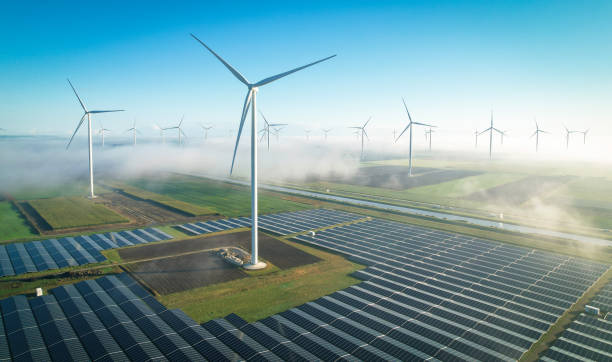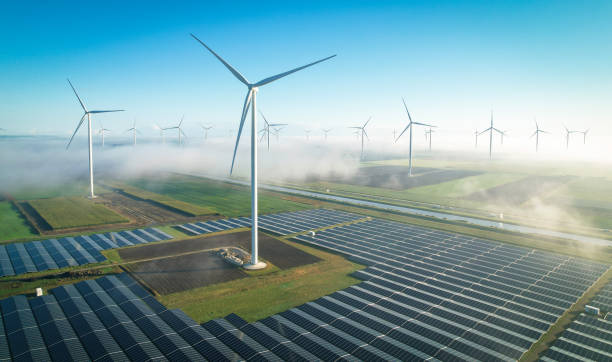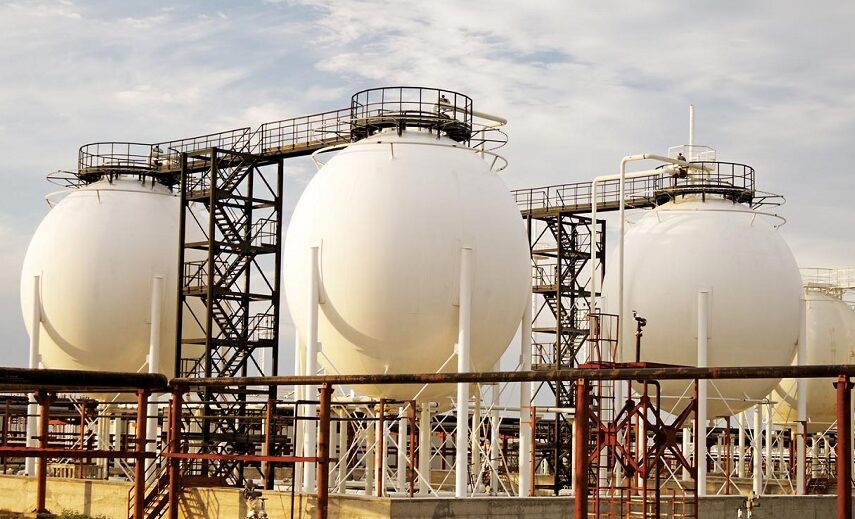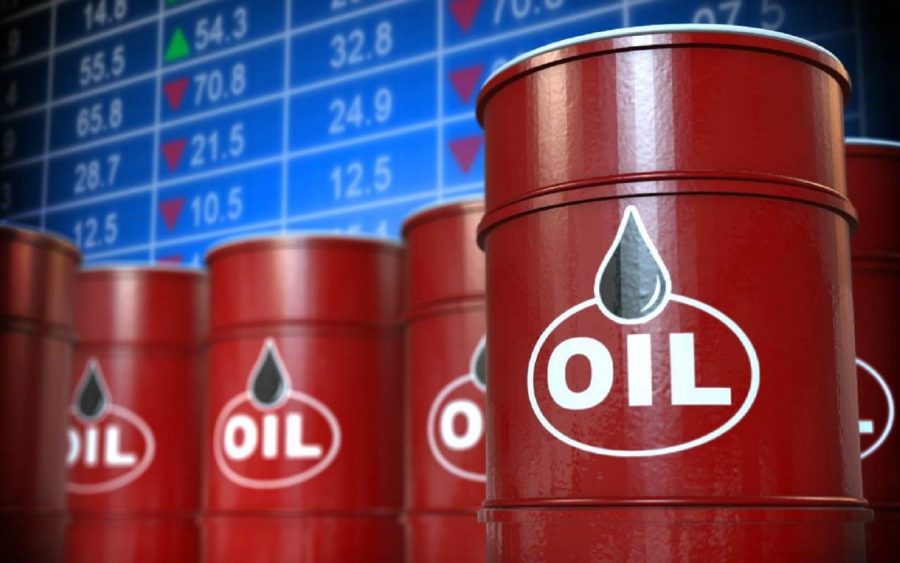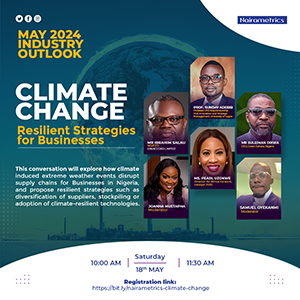Article Summary
- The International Energy Agency (IEA) says that the world will add about 55 gigawatts of renewable energy capacity in 2024.
- This is mainly due to the increased use of solar PVs in residences and businesses.
- The IEA also projects that the global manufacturing capacity of solar photovoltaic (PV) will reach almost 1000 GW in 2024.
The International Energy Agency (IEA) predicts a significant increase of 550 gigawatts (GW) in renewable energy capacity by 2024, as stated in its June 2023 Renewable Energy Market Update report.
The report emphasizes that this surge in capacity will be driven by the accelerated deployment of residential and commercial photovoltaic (PV) installations.
However, the IEA highlights that such progress can only materialize if governments worldwide expedite the implementation of policies and incentives to facilitate the widespread adoption of solar PVs in both households and businesses.
A part of the report stated:
- “The upside for utility-scale onshore wind and solar PV projects mostly depends on the pace of permitting, construction, and timely grid connection of projects under development.”
Recall that Nairametrics recently reported that the IEA said that over $1.7 trillion will be invested in clean energy in 2023, with electric vehicles and the power sector being the frontrunners. According to the IEA, the top areas to be invested in include renewable power, nuclear, grids, storage, low-emission fuels, efficiency improvements, and end-use renewables and electrification.
Manufacturing capacity of solar PVs
Meanwhile, in the IEA report earlier cited, it was stated that the global manufacturing capacity of solar PV is projected to reach nearly 1 000 GW in 2024. This is sufficient to meet annual demand in the IEA’s Net Zero Emissions by 2050 Scenario.
The report stated:
- “In contrast, wind equipment manufacturing is expanding more slowly and may struggle to keep up with demand growth through 2030. While China will continue to dominate global manufacturing capacity for solar PV, announcements of solar PV manufacturing projects in the United States and India have doubled since December, indicating that supply chains are diversifying in the medium term.”
Renewable energy sector shows resilience
According to the IEA report, the renewable energy sector demonstrates sufficient resilience in the face of volatile commodity prices, higher interest rates, supply chain constraints, and trade measures.
The report also indicates a positive outlook for the solar PV manufacturing sector, with increasing capacity additions. However, there is a possibility of supply glutes and declining prices, which could potentially impact company profit margins.
Countries need to do more
The IEA advises countries to take the initiative and implement policies and market rules to accelerate the adoption of wind and solar PV technologies.
The agency highlights the increasing curtailment of electricity generation from these renewable sources in many markets, particularly where grid infrastructure and system planning lag behind the deployment of variable renewables.
In the Nigerian context, a new president has been sworn in, and he has previously expressed his plans to enhance Nigeria’s power sector capacity through natural gas and clean energy technologies.
Additionally, during the recently concluded Annual Meetings of the African Development Bank (AfDB), suggestions were made for African countries to increase their clean energy capacity through various means:
- Establishing national development plans to facilitate a green transition in the economy.
- Subsidizing green industries to stimulate growth, increase demand, improve profitability, and enhance sustainability.
- Encouraging multilateral and bilateral financial institutions to provide guarantees at a significant scale to reduce investment risks for the private sector.
- Offering support for the preparation and development of bankable projects that can provide high-risk-adjusted returns for the private sector.
- Transferring existing public finance infrastructure to the private sector, promoting asset recycling to mobilize more private sector resources for greener infrastructure.

